
CrossCountry Skiing in Colorado How to Decide Between Classic and Skate Skis 5280
Cross-Country vs Backcountry Skiing. Backcountry skiing is a type of cross-country skiing that is performed on ungroomed, unpatrolled terrain. Both types of skiing involve using only the skis and poles to move across the terrain without using ski lifts, however most cross-country skiing is typically performed on groomed terrain.
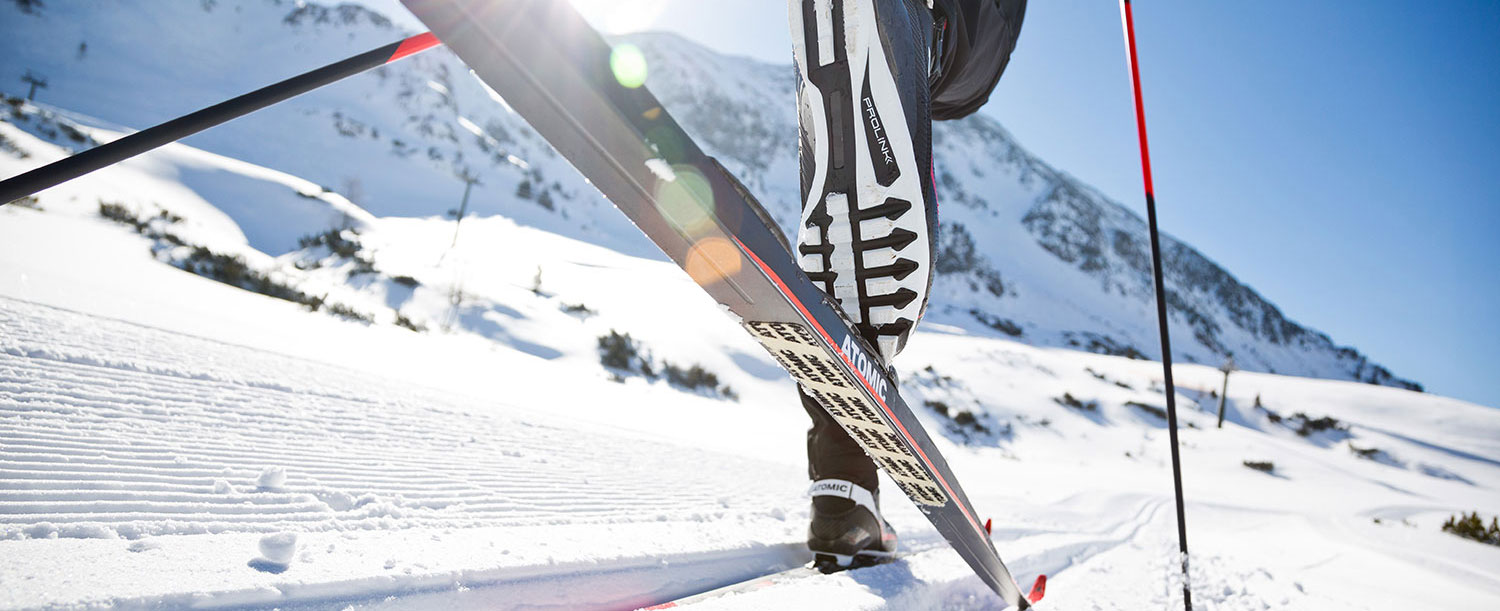
Classic, skating, backcountry? Cross country skiing styles explained
Classic Cross-Country Skiing. Classic is the most recognizable of the cross-country skiing disciplines,. You will just need to make sure that you are using a touring/backcountry XC ski that is wide enough to accommodate the wider backcountry binding. Nordic touring boots are bigger, burlier, and often feature a 3-pin (aka 75mm) attachment.
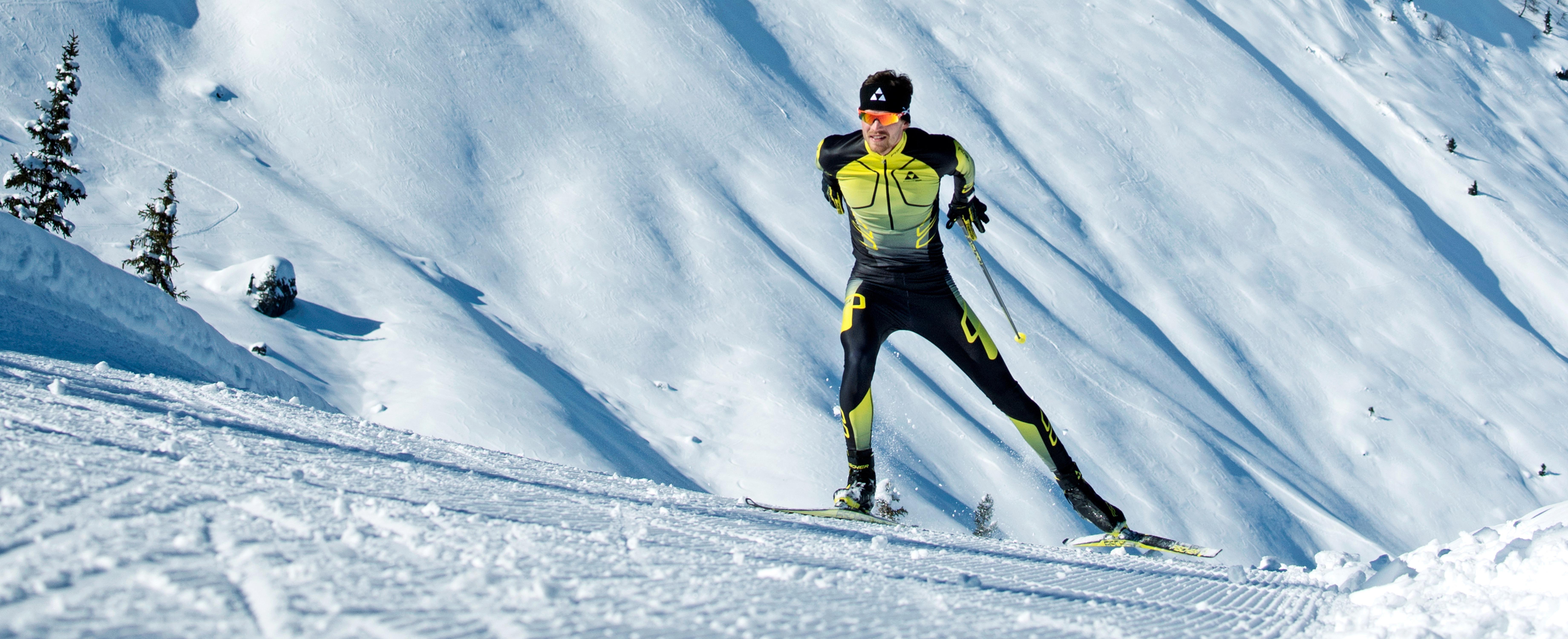
Classic, skating, backcountry? Cross country skiing styles explained
A set of backcountry ski runs in the Battle Range of the Canadian Rocky Mountains.Notice a minor avalanche has occurred at the right of frame. Backcountry skiing (), also called off-piste (), alpine touring, freeriding or out-of-area, is skiing in the backcountry on unmarked or unpatrolled areas either inside or outside a ski resort's boundaries. This contrasts with alpine skiing, which is.
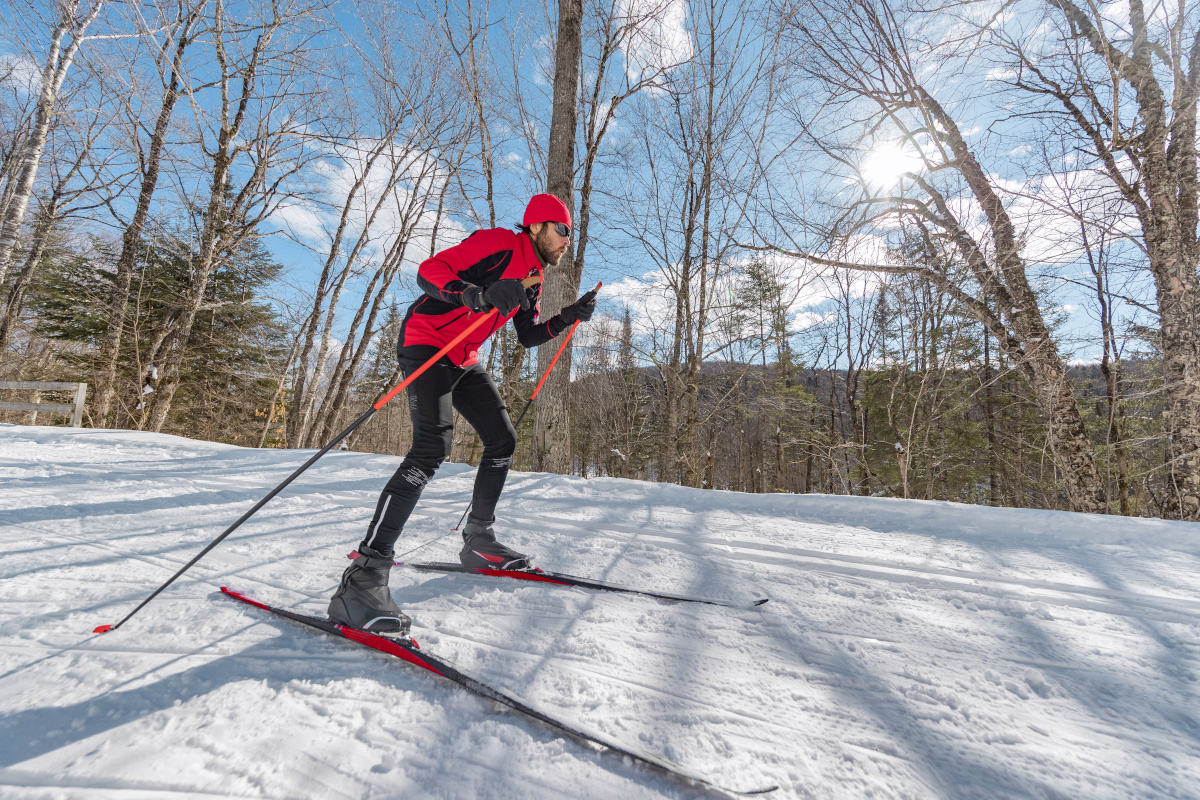
Skate Skiing vs. Cross Country Skiing (Differences and Similarities)
Cross Country Skis vs. Backcountry Ski. Because the skiing environment differs, you'll need a different set of skis for each. For the groomed tracks of classic skiing, skis used are usually longer and more narrow. They're also lightweight to give you an easier time with the movements on track. The combination allows you to move faster.

The Very REAL Difference Between CrossCountry and Backcountry Skiing New To Ski
Cross-country skiing involves gliding along a groomed trail, using your power to move forward and backward. Cross-country skiing requires a steady, rhythmic motion, with your arms and legs working together to propel you along the trail. On the other hand, backcountry skiing requires various techniques depending on the terrain and snow conditions.
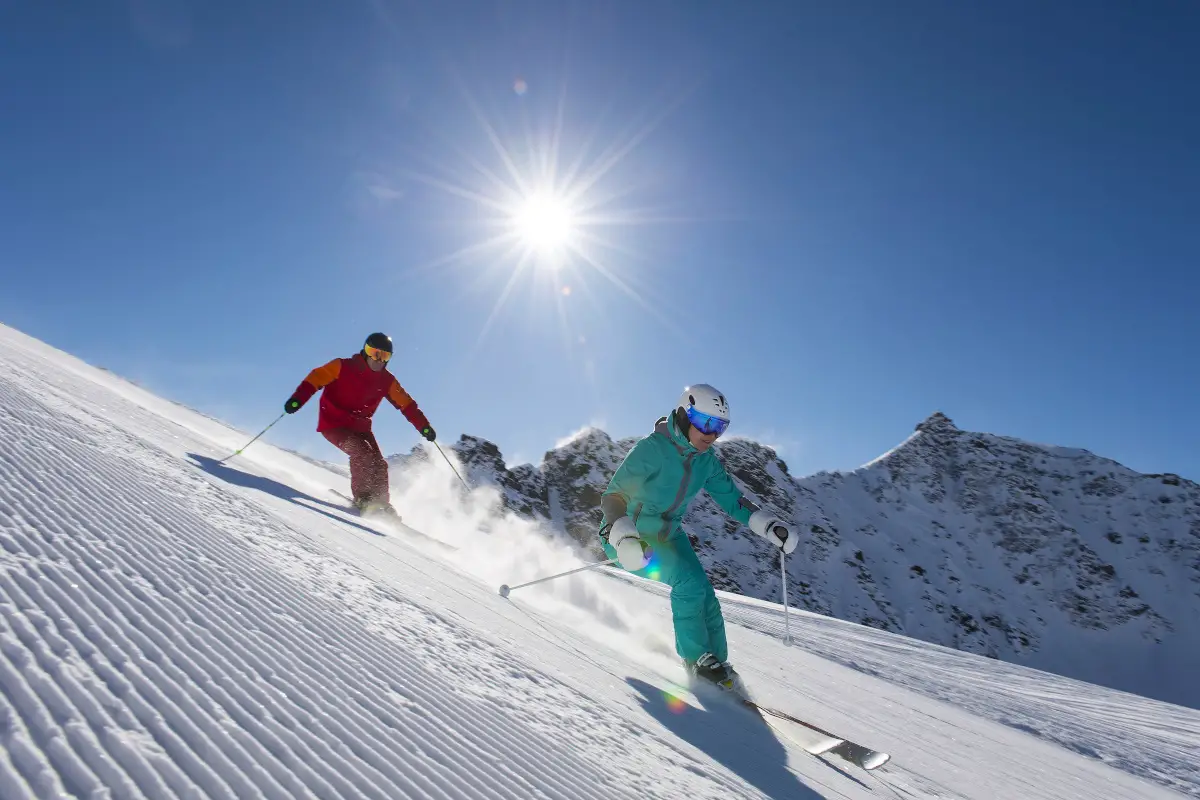
Cross Country Skiing vs. Downhill Skiing (Are They Similar)
Skate Skis: Since skate ski technique positions the skis in a V shape, cross country skate skis are shorter than classic skis. Shorter skate ski sizing makes them easier to control in the V position, minimizing the chance of crossed tips while kicking and gliding. Since speed is the name of the game in skate skiing, most skate skis are lighter.

Nordic Skiing vs CrossCountry Skiing Differences Explained — No Boundaries
Skate skiing: Skate skiing is a style of cross-county skiing that uses slightly shorter skis than classic. To propel yourself forward, you kick your skis out to the side, similarly to how you would while ice skating. To move efficiently, you generally need to be on a trail groomed for skate skiing. Essential gear: cross-country skis, cross.
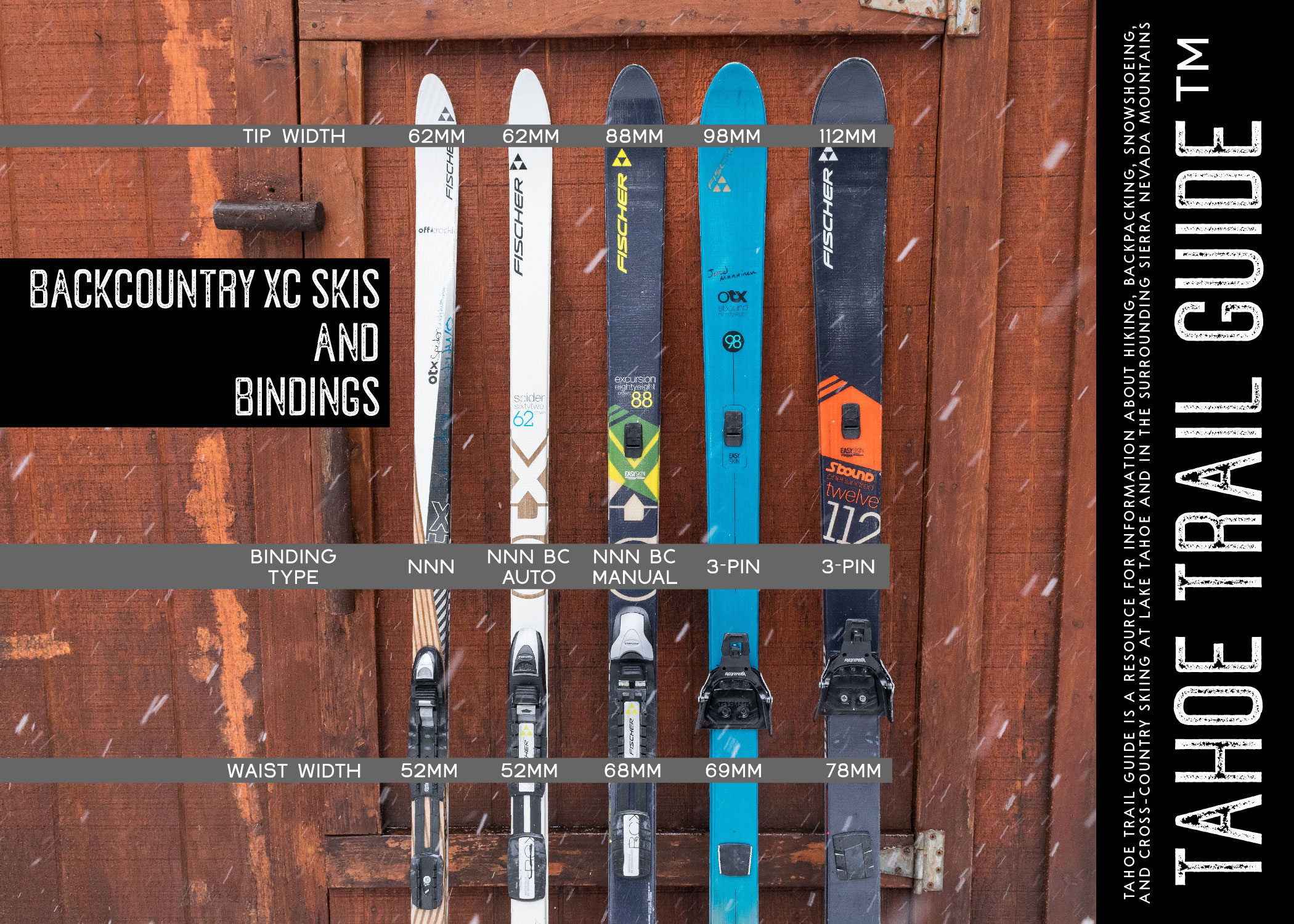
Overview of OffTrack and Backcountry CrossCountry Ski Gear Tahoe Trail Guide
Best Overall Cross-Country Skis: Rossignol Delta Comp R Skin Ski. Best Budget Cross-Country Skis: Fischer Twin Skin Cruiser EF Ski. Runner-Up Best Cross-Country Skis: Salomon RS 7 Skate Skis With.

Classic, skating, backcountry? Cross country skiing styles explained
After that, all you need is a sense of adventure. Best Cross Country Skis for Beginners: Fischer Affinity EF Crown My Style. Best Classic Cross Country Skis: Fischer RCS Classic Plus Race Ski. Best Cross Country Skate Skis: Rossignol X-Ium Skating Premium IFP. Best Cross Country Skis For Any Condition: Fischer Twin Skin Pro IFP Medium XC Skis Mens.
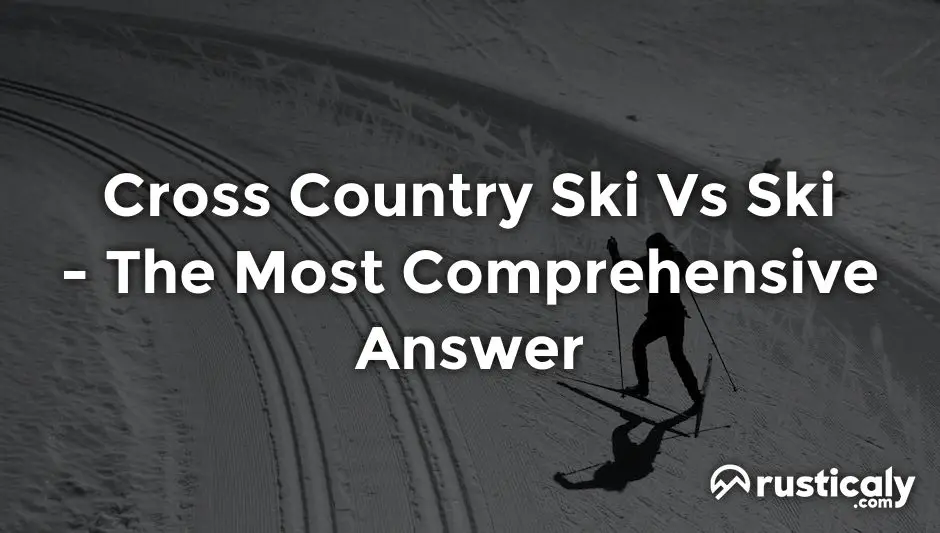
Cross Country Ski Vs Ski • Everyone Should Know This!
The three forms of Nordic skiing are cross-country, telemark and alpine touring. Then within cross country, there are a number of sub-categories too. Here they are: 1) Cross country skiing With cross country, there's a style to suit everyone. There's a lot of versatility, and it's possible to go on and off-trail when cross country skiing.
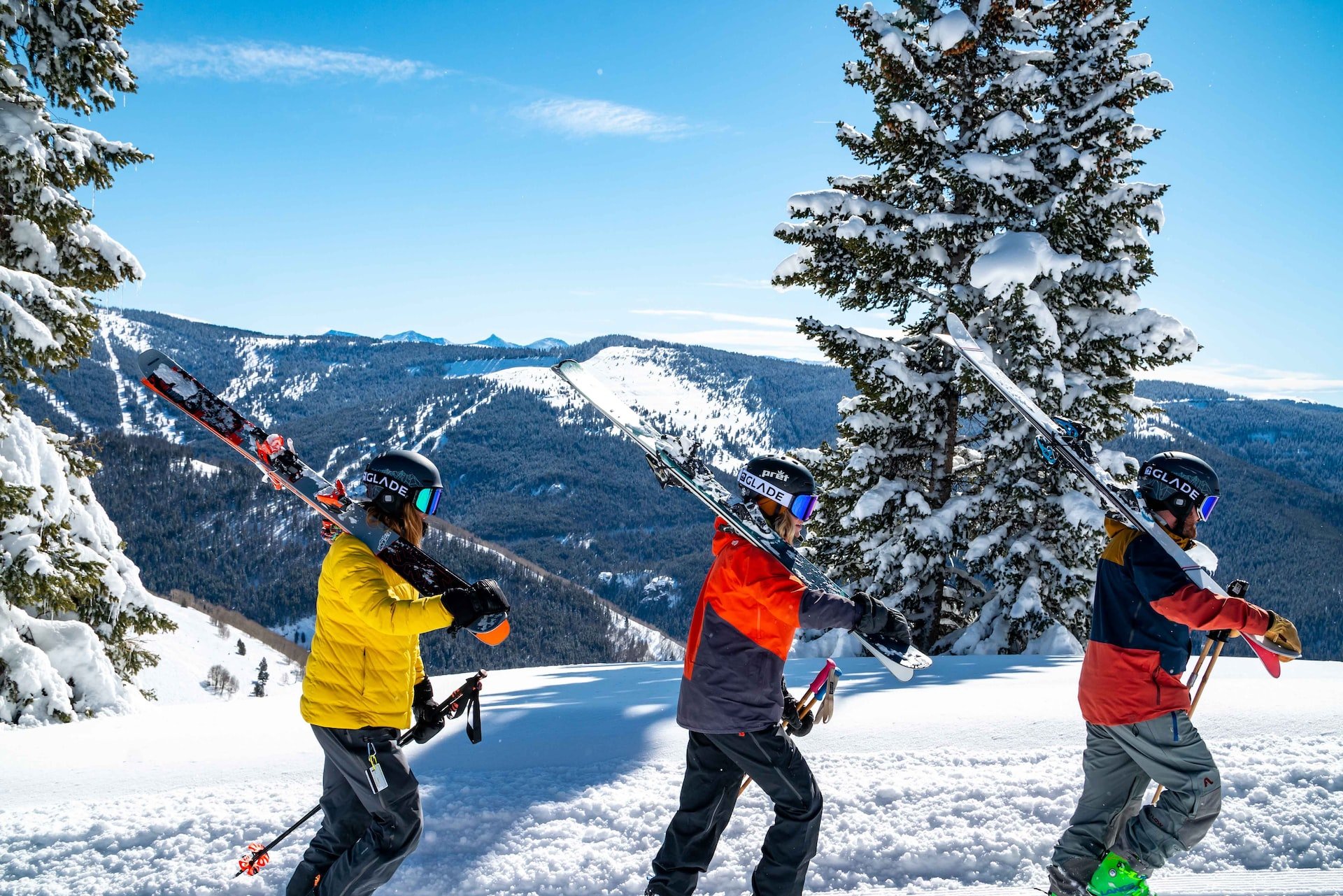
Nordic Skiing vs CrossCountry Skiing Differences Explained — No Boundaries
I compare backcountry cross country and alpine touring ski setups. Both setups are used in Northern Oregon and Southern Washington. I show some footage of sk.
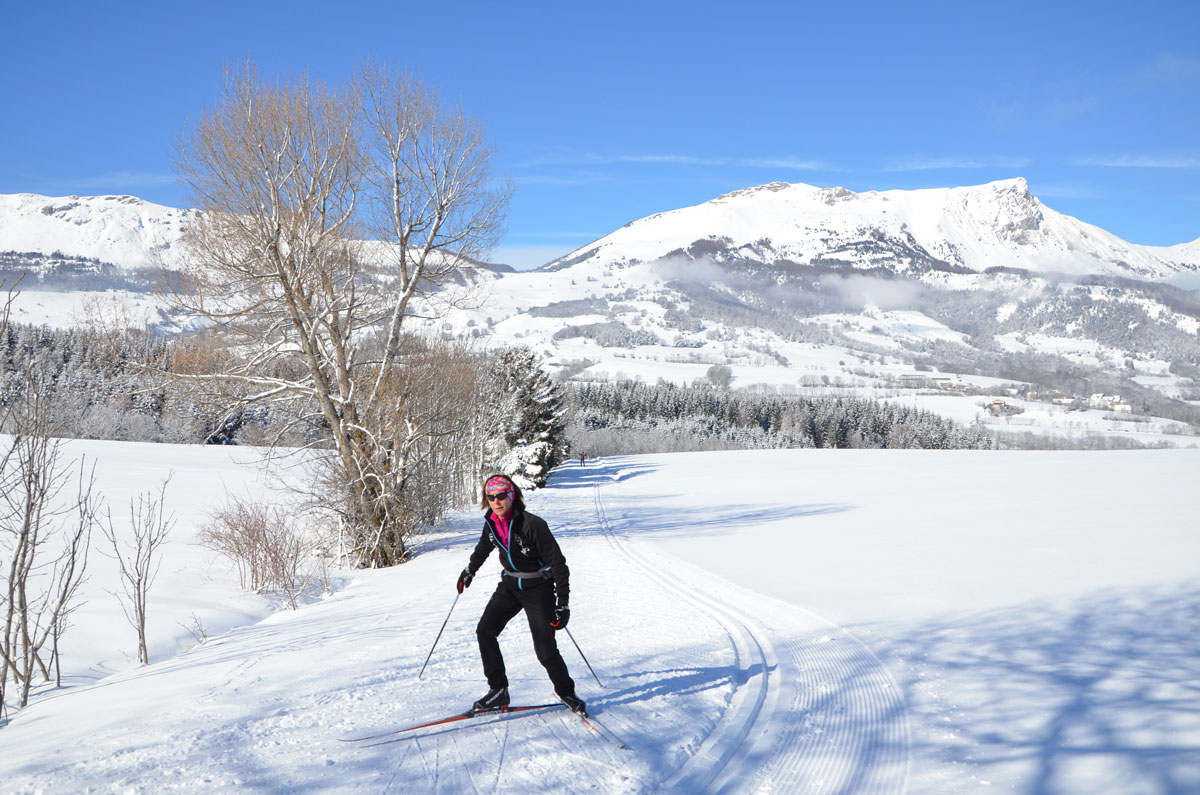
Nordic Skiing and Cross Country Skiing What’s the Difference?
Setting is the most obvious difference between each skiing style. Downhill skiing happens on a slant, while cross-country skiing is done on flatter ground. Prepared resort slopes are most common.

XC Skiing Explained (Part 2) Geometry of Classic CrossCountry Skis Tahoe Trail Guide
Backcountry Skiing vs. Cross-Country Skiing. Cross-country skiing (aka Nordic or XC) occurs primarily on groomed trails specifically prepared to facilitate smooth gliding, traversing gentle slopes of undulating terrains for skiers of varying skill levels. This terrain is characterized by its well-defined, well-marked manicured trails with.

What Is Nordic Skiing? Nordic vs CrossCountry And Alpine Skiing
Cross-Country Ski Bases: Waxless vs. Waxable. Skis need to grip the snow so you can climb hills and maintain forward momentum on flat terrain. Classic skis achieve their grip in one of two ways: either the bottom of the ski has a manufactured texture pattern or grip wax (aka kick wax) is applied.. New Nordic Norm Backcountry (NNN BC.
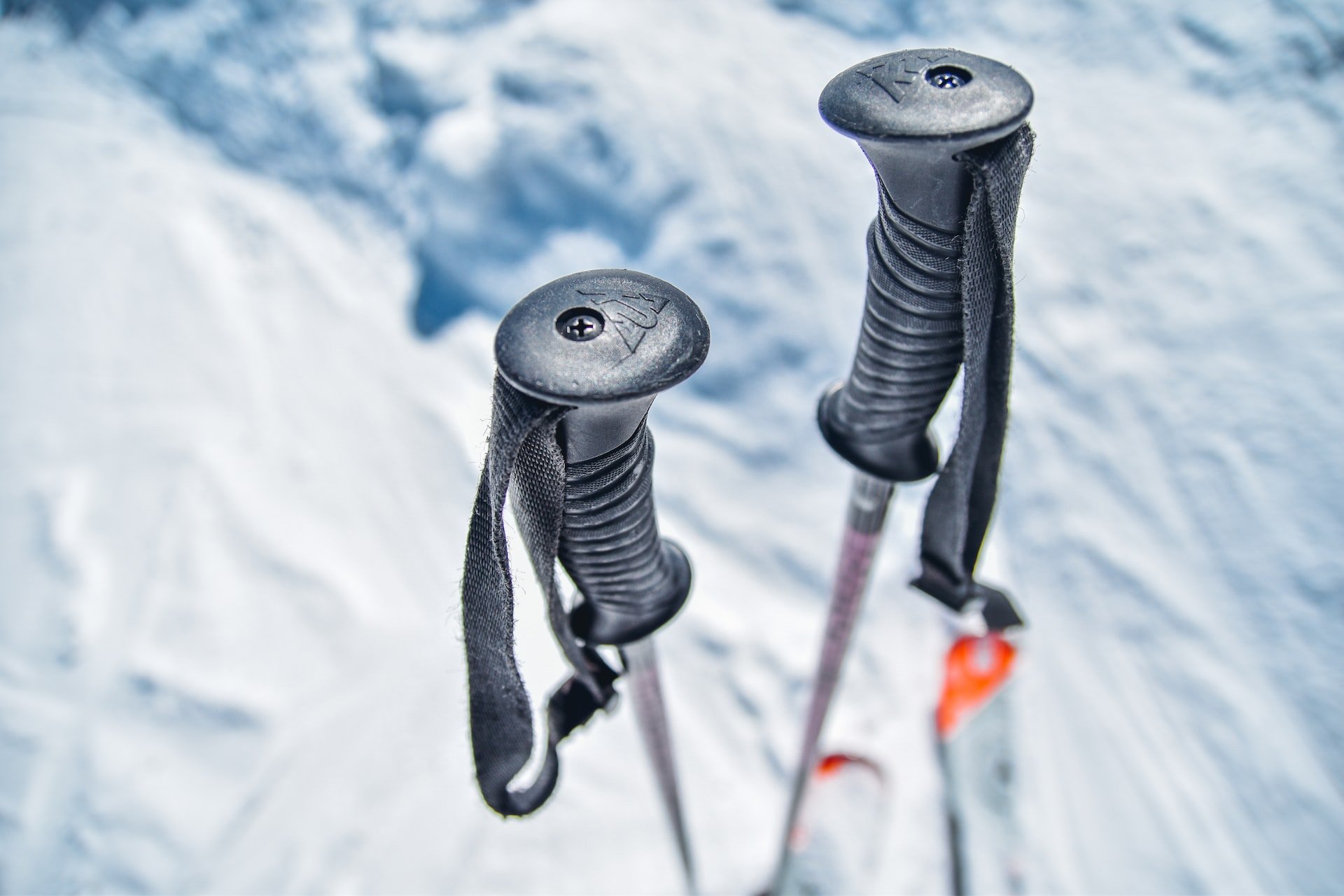
Nordic Skiing vs CrossCountry Skiing Differences Explained — No Boundaries
Cross country skiing vs downhill skiing: speed. Thanks to gravity, you'll go a lot faster downhill skiing than cross country skiing. Naturally, your speed in either sport depends a bit on your skill level and technique, as well as the terrain, but in downhill skiing, your average speed is likely to be between 20 and 40mph according to NPR.
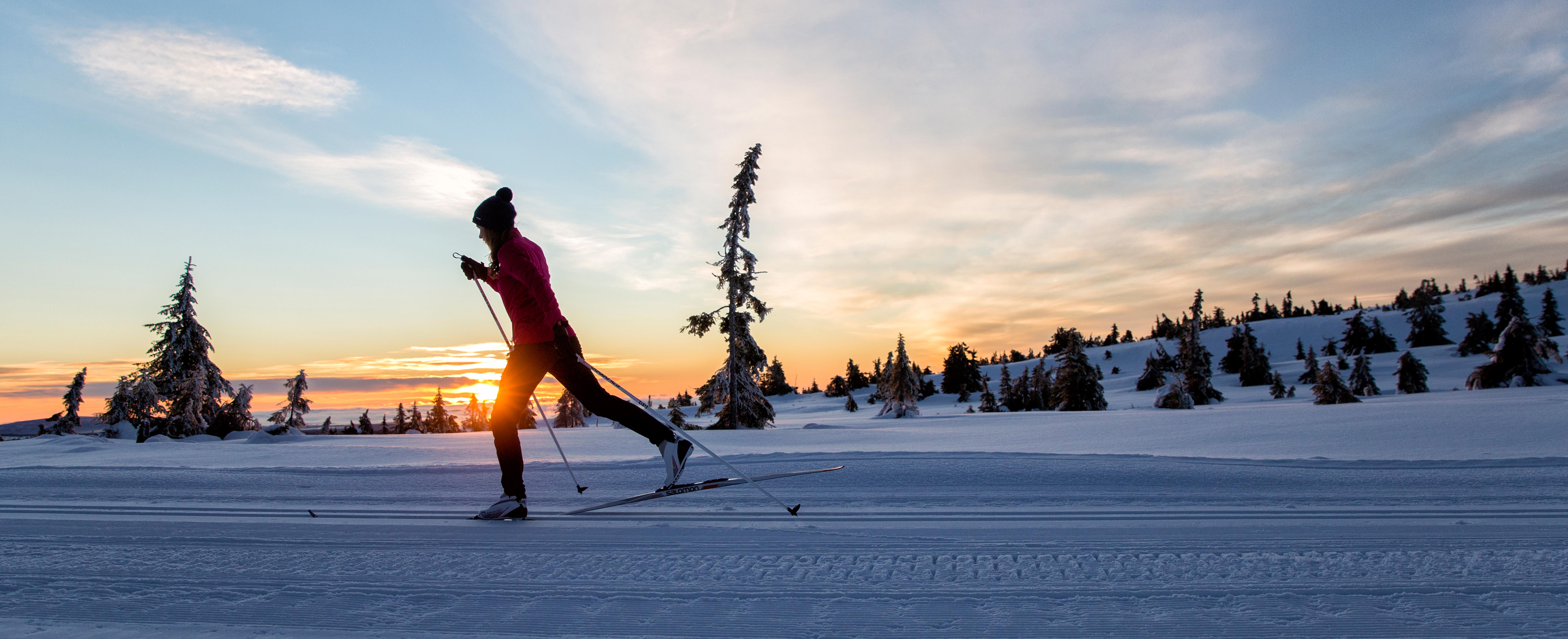
Classic, skating, backcountry? Cross country skiing styles explained
Backcountry skiing is technically a form of cross-country skiing in that the skier relies on their own body to move across the terrain. You don't have access to ski lifts or gravity pulling you downhill. However, cross-country skiing to many people is done across neatly groomed trails. Photo by Roderick Eime licensed under CC BY-ND 2.0.
